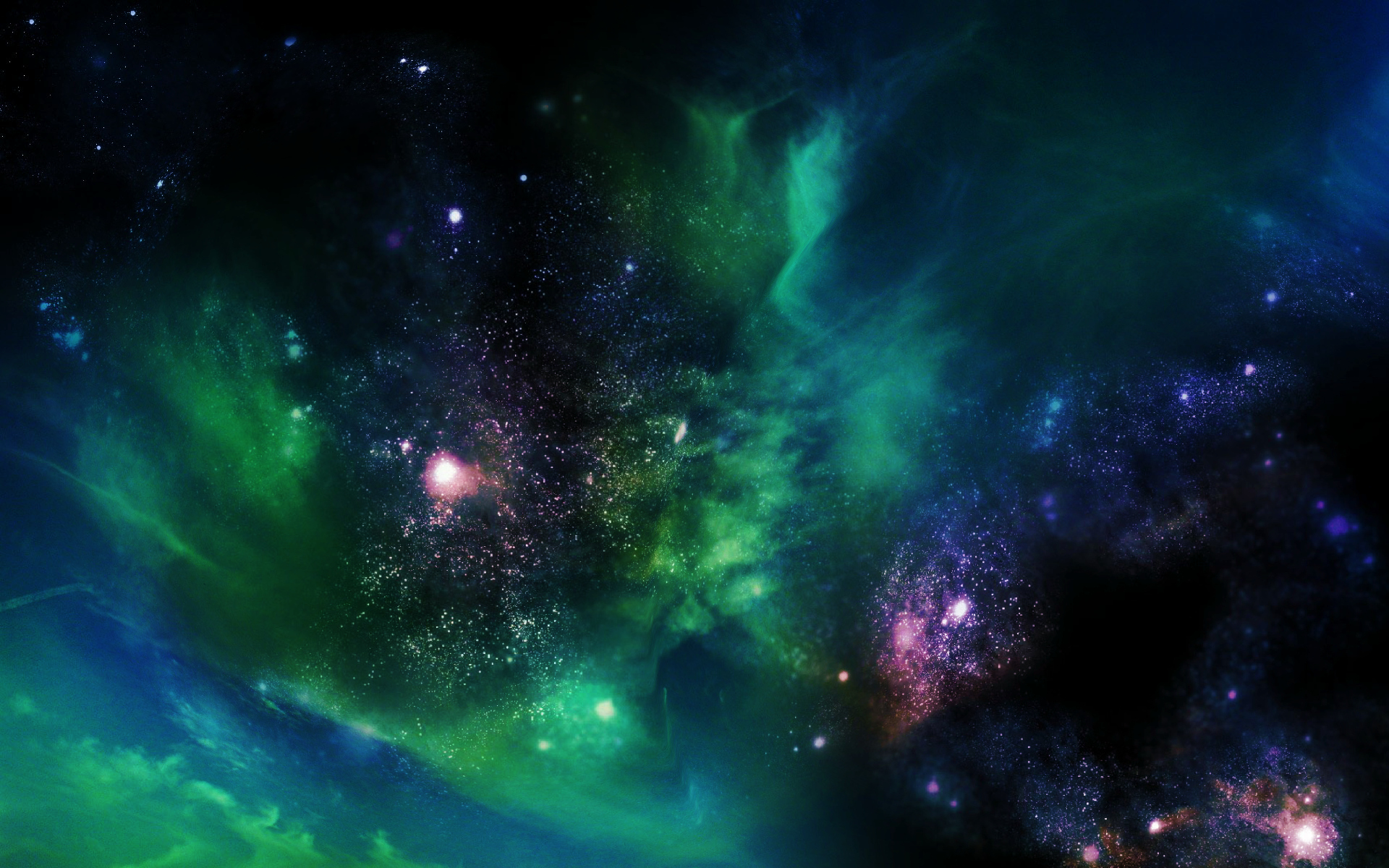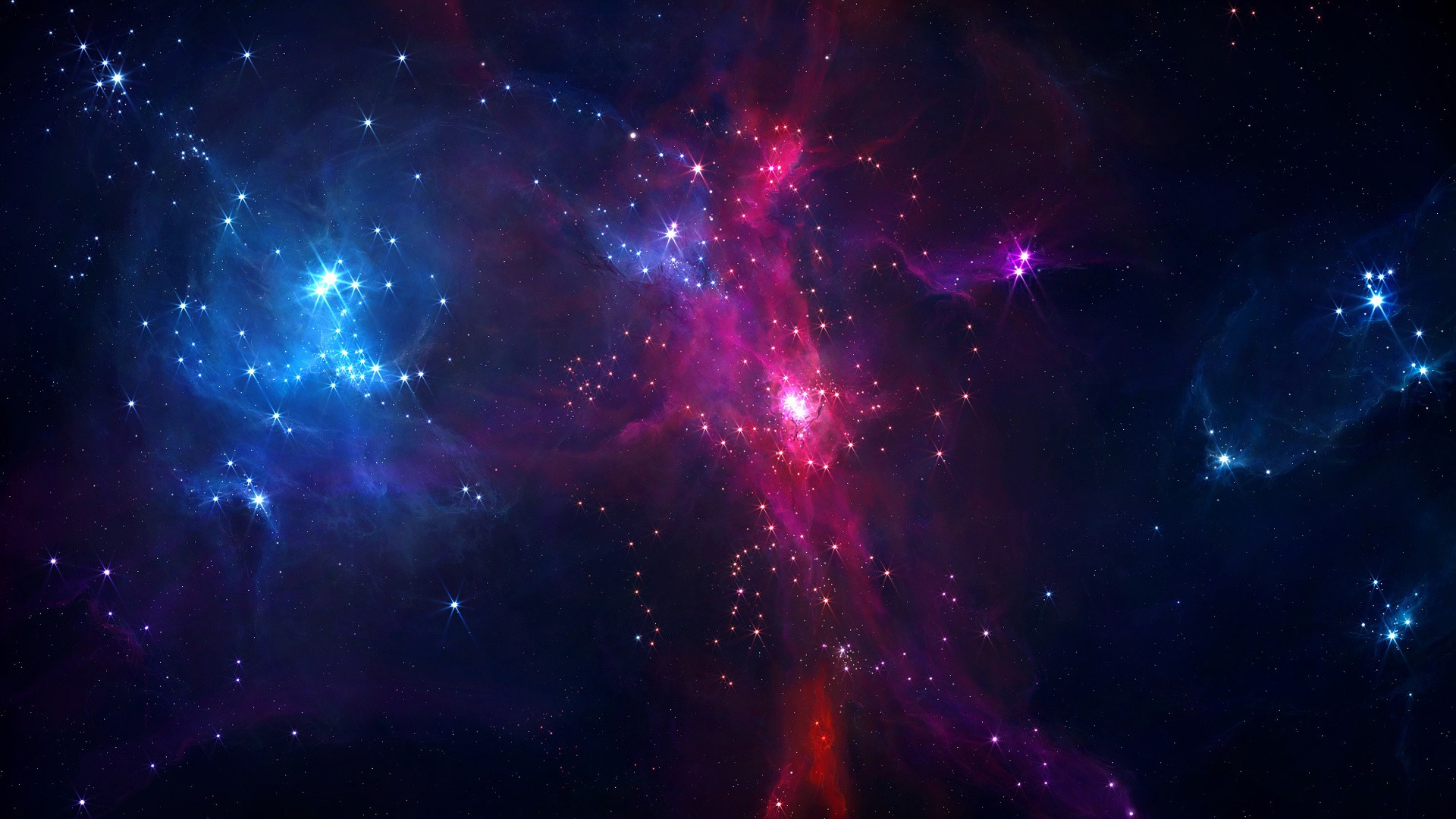
Astronomers have performed an accurate census of the number of galaxies in the universe. There are at least 10 times as many galaxies in the observable universe as previously thought.
NASA's Hubble Space Telescope took direct ultraviolet images of the icy moon Europa transiting across the disk of Jupiter. Out of ten observations, Hubble saw what may be water vapor plumes on three of the images.

Two red dwarfs and their accompanying gas giant were discovered through a microlensing event -- but their true nature could only be confirmed by Hubble.

An international team of astronomers crack the case of a mysterious galaxy,Markarian 1018, that has suddenly dimmed after shining brightly for 30 years.

Computer simulations of a spherical collection of stars known as 'NGC 6101' reveal that it contains hundreds of black holes, until now thought impossible.

Astronomers at last have a clear glimpse of the eye of a massive celestial storm.

The galaxy we're zooming in is LEDA 36252. It's a tadpole galaxy 82 million lightyears away that has been steadily turning out new stars at an incredible rate for billions of years.

New images confirm the presence of a dark vortex on Neptune. Though similar features were seen during the Voyager 2 flyby of NASA

Astronomers using NASA's Hubble Space Telescope have discovered that the universe is expanding 5 percent to 9 percent faster than expected.

When worlds collide, literally.

The supercomputer can be compared to the western cowboys that tamed wild horses, also called Wranglers, because the computer is capable of taming big data.

New observations from the Hubble Space Telescope are helping characterize the atmospheres of exotic planets, such as the exoplanet 55 Cancri e.

For the first time, astronomers have analyzed the atmosphere of an exoplanet in the class known as super-Earths. Using data gathered with the Hubble Space Telescope and new analysis techniques, the exoplanet 55 Cancri e is revealed to have a dry atmosphere without any indications of water vapor.

University of Washington astronomers have identified a rare type of supernova